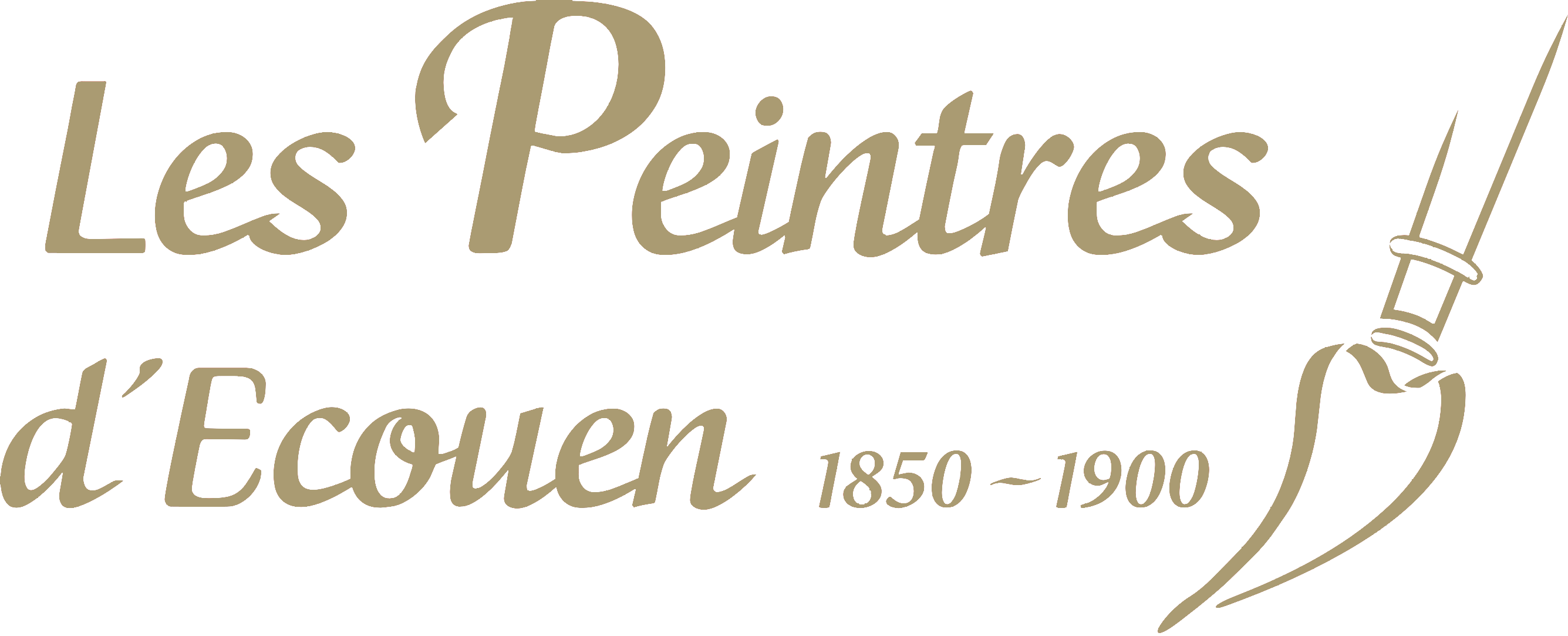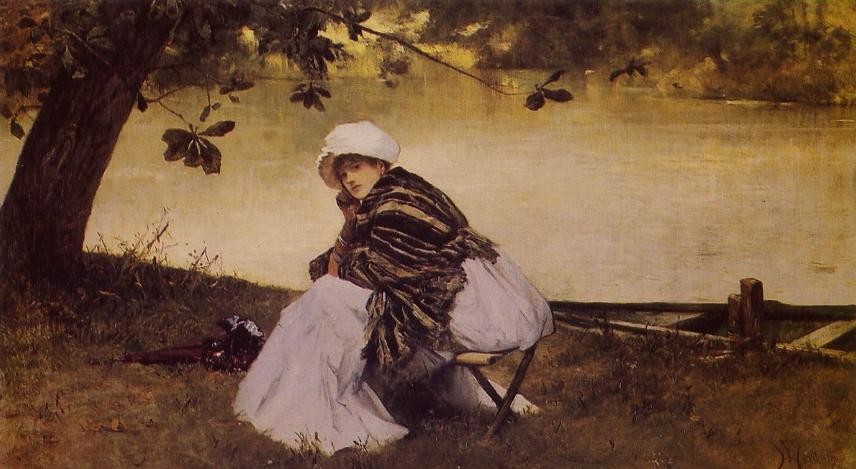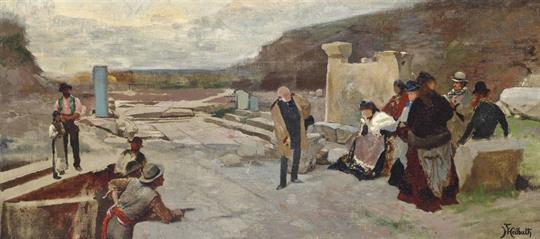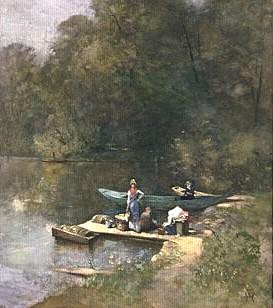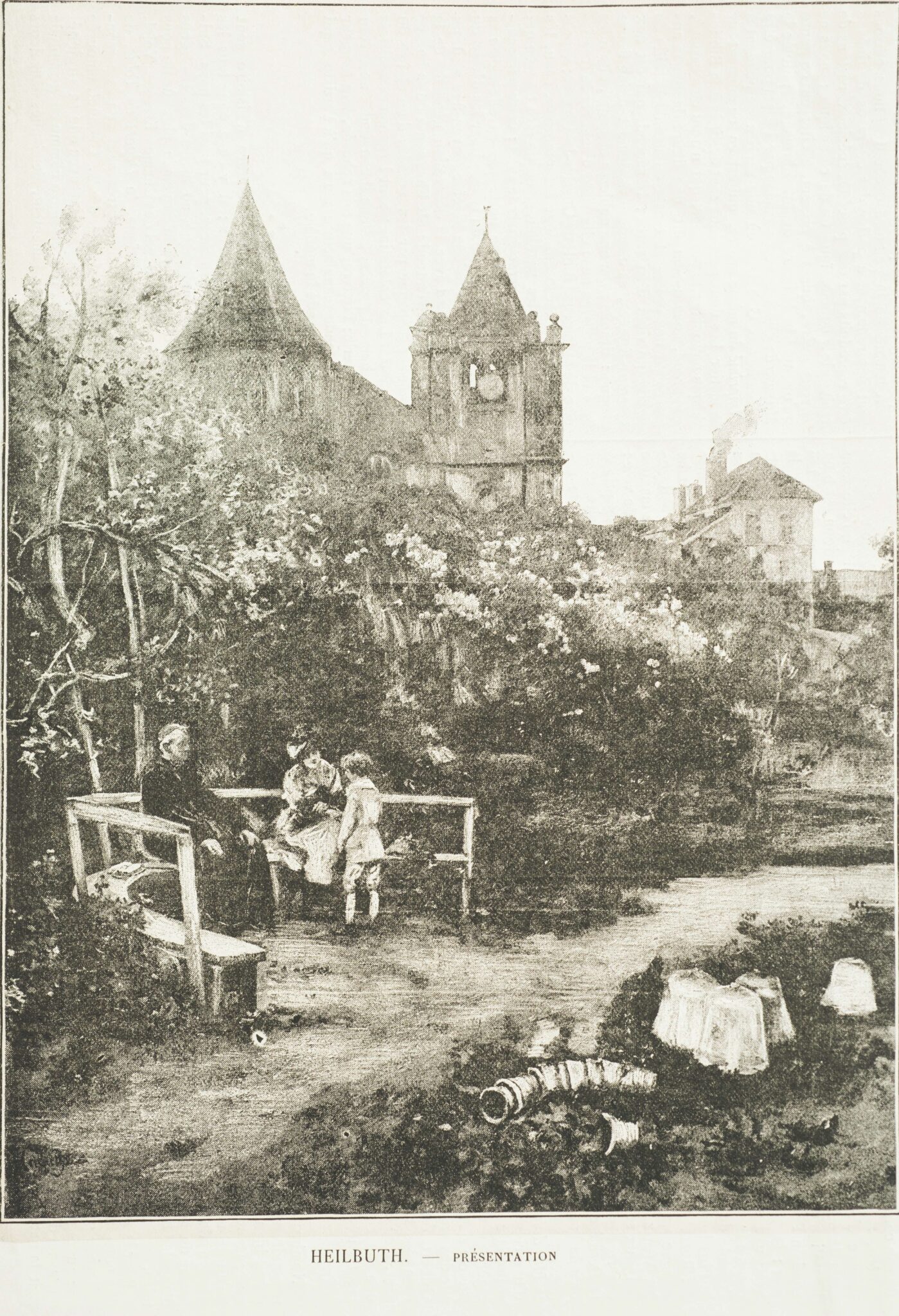Hamburg, June 27th 1826 – November 19th 1889, Paris
Ferdinand Heilbuth, a French painter of German origin, was born in Hamburg where he first studied theology to become a rabbi. He abandoned his studies to travel with Charles Gleyre (1806-1874) to Düsseldorf, Rome and finally Paris where he decided to settle. During the war of 1870, he took refuge in London.
Charles Gleyre, a Swiss painter and professor of Fine Arts, opened his own studio which was frequented by Claude Monet (1840-1926), Frédéric Bazille (1841-1870), Alfred Sisley (1839-1899) and many others. Heilbuth’s training was undoubtedly not only under the guidance of the master, but also through contact with these disciples, who were to become famous, thanks to these encounters, in particular those with Auguste Renoir (1841-1919) and Mary Cassatt (1843-1926).
Vincent Van Gogh (1853-1890), in a correspondence with Anthon Van Rappard (1858-1892), expressed his admiration for this artist. From 1853, he exhibited portraits at the Paris Salon and received a second class medal in 1857 and a recall in 1859 and 1861. His painting « L’Absolution du péché véniel » was acquired by the Empress Eugenie on April 30, 1865 for 10 000 F. He was named Knight of the Legion of Honor in 1861 and Officer on July 13, 1881. He obtained French nationality in 1876.
While visiting Ecouen, Ferdinand Heilbuth was often welcomed by his friend Luigi Chialiva (1841-1914).
For further information, please read the book “L’Ecole d’Ecouen, une colonie de peintres au XIXe siècle” (bilingual French-English).
